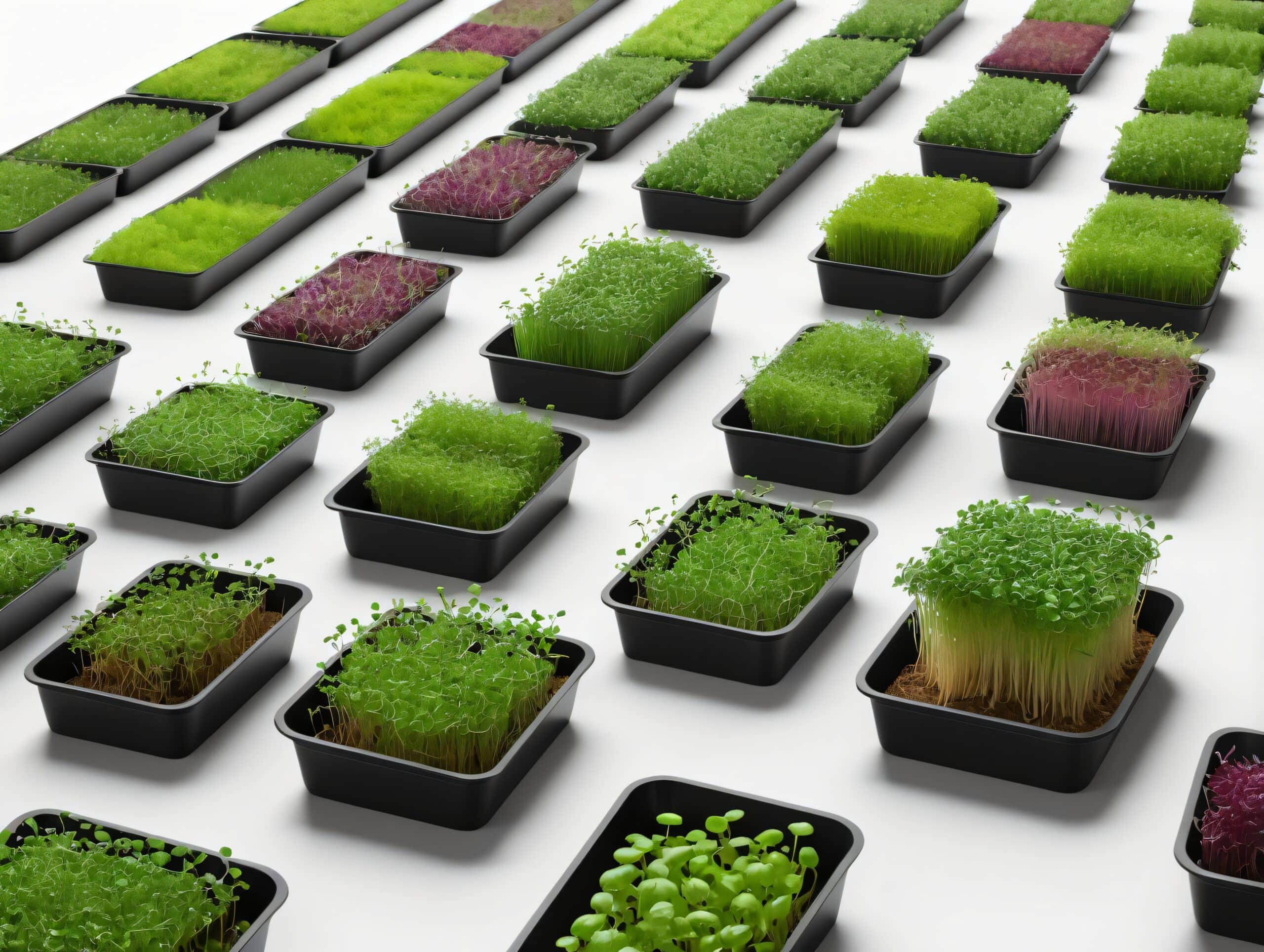Is it Cheaper to Grow or Buy Microgreens?
Key Takeaways
- The cost of buying microgreens can add up over time, especially if you consume them regularly.
- Growing microgreens at home can be a cost-effective alternative, with an estimated total cost of production for a 1020 tray being around $4 to $6.
- The cost of growing microgreens can vary depending on factors such as the frequency of sowing, the type of microgreens, and the desired quantity.
Microgreens have gained popularity in recent years due to their high nutritional value and versatility in culinary applications. As a result, many people are considering whether it is more cost-effective to grow their own microgreens or buy them from a store or farmer’s market. In this article, we will explore the economics of growing microgreens versus purchasing them, taking into account various factors that can affect the cost.
The Cost of Buying Microgreens
The cost of buying microgreens can vary depending on factors such as quality, type, and quantity. On average, a packet containing around 100-150 grams of mixed greens can cost between $3 to $5. However, prices may differ based on the specific variety of microgreens.
For those who consume microgreens regularly, the cost can add up over time. If you are someone who enjoys incorporating microgreens into your meals on a daily basis, the expense of buying them regularly may become a significant part of your grocery budget.
The Cost of Growing Microgreens
Growing microgreens at home can be a cost-effective alternative to buying them. The total cost of production for a 1020 tray of microgreens is estimated to be about $4 to $6, taking into consideration the average costs of equipment such as soil, seeds, water, and packaging.
While the initial investment in equipment may seem daunting, the long-term savings can outweigh the upfront costs. Once you have the necessary equipment, you can continue to grow microgreens for a considerably lower cost. Additionally, growing microgreens at home allows you to have a fresh supply whenever you need them, eliminating the need to purchase them regularly.
Factors Affecting the Cost
The cost of growing microgreens can vary depending on several factors:
- Frequency of Sowing: The more frequently you sow new batches of microgreens, the higher the overall cost will be. Consider how often you plan to consume microgreens and adjust your sowing schedule accordingly.
- Type of Microgreens: Different types of microgreens have varying costs associated with their growth. Some varieties may require specific growing conditions or longer cultivation periods, which can impact the overall cost.
- Quantity: The amount of microgreens you aim to grow will affect the cost. If you have limited space or only need small quantities, the cost of growing may be more favorable compared to buying.
Personal Preference and Budget
Ultimately, whether growing microgreens is more cost-effective than buying them will depend on personal preference and budget. If you enjoy the process of gardening and have the time and space to grow microgreens, the cost savings and convenience of having a fresh supply readily available may outweigh the initial investment.
On the other hand, if you have a busy lifestyle and prefer the convenience of buying pre-packaged microgreens, the cost may be justified for the added convenience.
Conclusion
The decision of whether it is cheaper to grow or buy microgreens depends on various factors, including your consumption habits, personal preferences, budget, and available resources. While buying microgreens can be convenient, growing them at home can save money in the long run and provide a sense of satisfaction and control over the growing process.
Related Websites:
FAQs:
Q: What are the nutritional benefits of microgreens?
Microgreens are packed with nutrients and have higher nutrient densities compared to mature plants. They are rich in vitamins, minerals, and antioxidants, making them a great addition to a healthy diet.
Q: What are the different types of microgreens available?
There are various types of microgreens, including broccoli, kale, radish, sunflower, and many more. Each type offers unique flavors and textures that can enhance the taste of your dishes.
Q: How much time and effort is required to grow microgreens?
Growing microgreens requires minimal time and effort. It typically takes around 1-2 weeks from sowing to harvest. You’ll need to provide sufficient light, water, and proper care during this period.
Q: Are store-bought microgreens more convenient?
Buying microgreens from stores or online platforms offers convenience, as you can easily access a wide variety of microgreens without the need for growing and tending to them yourself.
Q: What factors should I consider when deciding to grow or buy microgreens?
When deciding whether to grow or buy microgreens, consider factors like cost, availability, quality, convenience, and your personal satisfaction in cultivating your own food.






